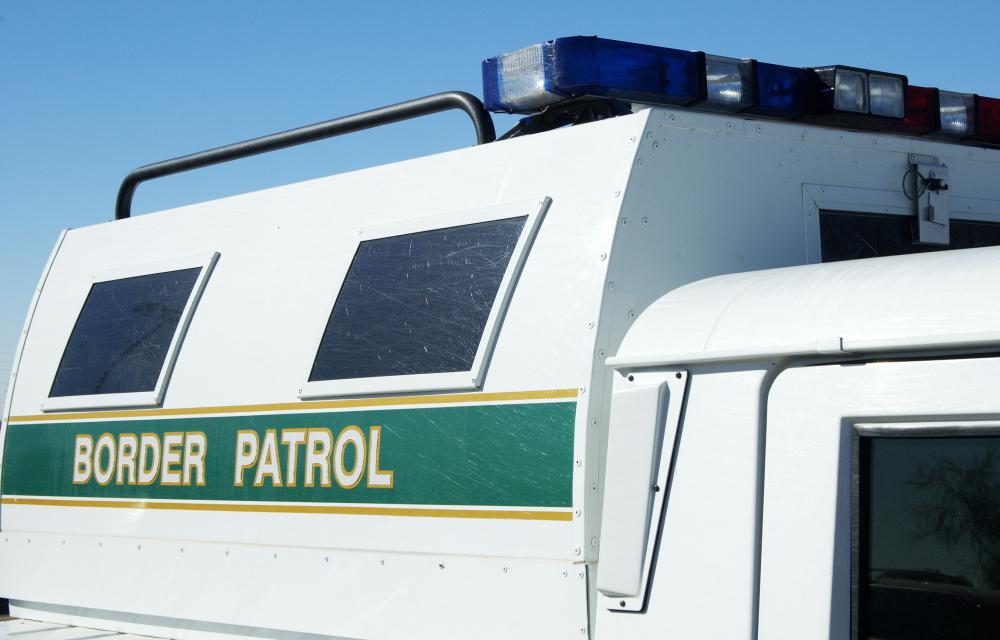At WiseGEEK, we're committed to delivering accurate, trustworthy information. Our expert-authored content is rigorously fact-checked and sourced from credible authorities. Discover how we uphold the highest standards in providing you with reliable knowledge.
What is the Homeland Security Advisory System?
The Homeland Security Advisory System is a system that assesses threats to the United States and makes recommendations to deal with those threats. Created by a presidential directive in March of 2002 and administered by the U.S. Department of Homeland Security, the system was created as a response to the terrorist attacks in the U.S. on September 11, 2001.
Using a color-coded system, the Homeland Security Advisory System delineates five different levels of perceived threat to the U.S. Each level of threat requires different levels of preparedness from local and state governments, and each level also contains specific instructions for citizens to take.

On September 11, 2001, terrorists carried out coordinated attacks on various U.S. landmarks, causing nearly 3,000 deaths and massive destruction. In the wake of the attacks, U.S. Government officials concluded that a system needed to be in place to prepare the nation for the possibility of similar attacks and to take preventative measures to stop such attacks from happening. Homeland Security Presidential Directive 3 was issued on March 11, 2002, to create the Homeland Security Advisory System. Although it was initially overseen by the U.S. Attorney General, the newly created Department of Homeland Security began administering the system in January 2003.

There are five different levels of threat specified by the Homeland Security Advisory System, each assigned to a different color. The lowest level of threat is green. After that comes blue, representing a guarded threat and general risk, then yellow, representing elevated threat and significant risk, then orange, representing high threat and risk, and finally red, representing severe threat and risk.
At no point since the system began has the threat level been lowered to either the blue or green level, constantly staying at a level of yellow or above. The first occasion the level was raised to red came in August 2006 after authorities in Great Britain foiled a terrorist plot to blow up airplanes, and even then it only pertained to British flights to the U.S. Yellow, or elevated, is the most common threat level.
Depending on the level of threat, different actions may be required of state and local authorities in conjunction with the system's predetermined directions. These precautions may include increased security at landmarks or threatened areas, vigilance at U.S. borders, and even the deployment of the U.S. National Guard to provide assistance to necessary areas. In addition, each level of threat carries with it instructions to the public at large on recommended behavior and precautionary measures.
AS FEATURED ON:
AS FEATURED ON:












Discuss this Article
Post your comments